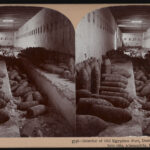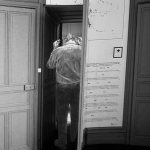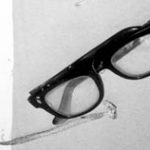The threshold of fire: Man the shooter and his subhuman incendiary Other
...of The Jungle Book, is more than preserved in the two popular Walt Disney cinematic adaptations of the book: it becomes the overarching theme and dominant plot line in the 1967 and especially the 2016 films. The centrality of the threshold of fire across the three versions of The Jungle Book highlights its salience not only across times but also across empires. No author represents the cultural and literary apparatus of empire better than Rudyard...
















